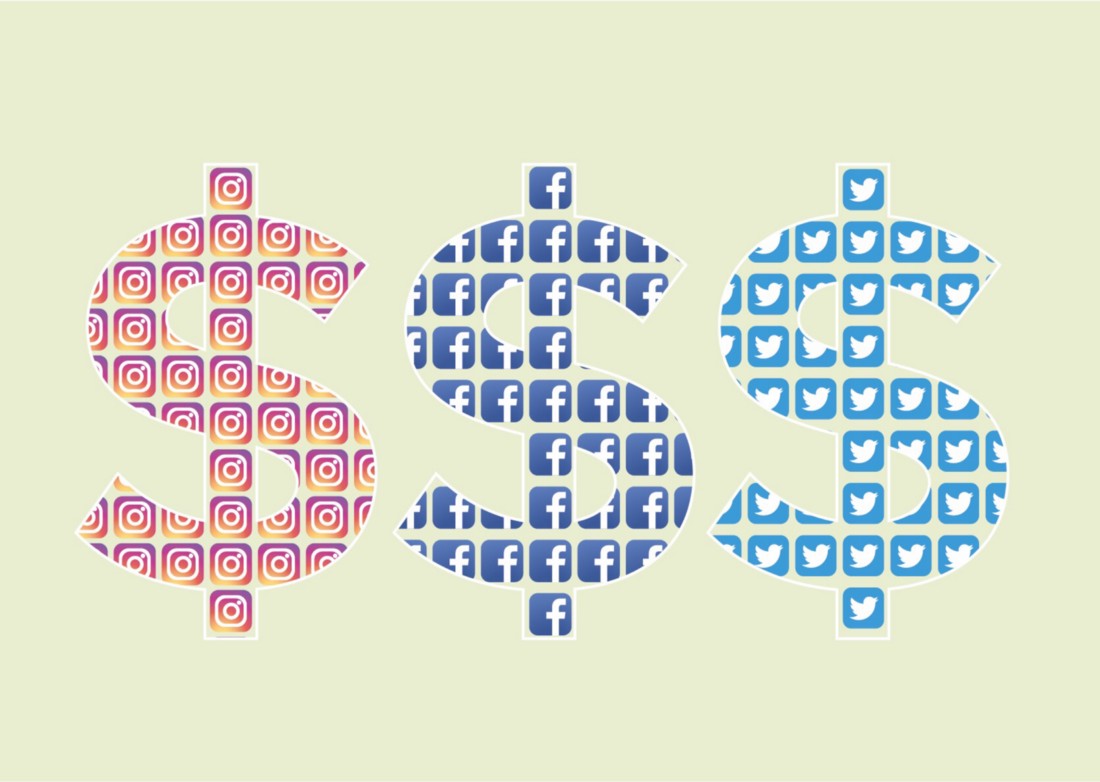
The days of the social media free lunch are over
The evolution of social media from “free” to “paid”
Social media has democratised content creation and distribution like nothing before it. But it has also become one of the most powerful channels for marketing and advertising. What started off as a way to stay connected to friends, share photos, and status posts using services like ICQ, Friendster, and MySpace, quickly evolved into platforms featuring advertising, analytics, and promotional capabilities. The likes of Facebook, Instagram, and Twitter have not only become essential, but also potentially lucrative for brands that know how to leverage them properly.
But as the saying goes, you have to spend money to make money.
The struggle to get seen
Over the last few years, the algorithms that guided Facebook’s and Instagram’s content distribution have made it hard for free, organic content to outperform paid and/or boosted posts. Getting organic content to the top of your news feed just isn’t as easy as it once was.
Those who are on their phones as much as I am have probably noticed more ads and sponsored posts popping up on Facebook, Instagram, Instagram Stories, and YouTube. This comes as no surprise. Facebook, for example, has been growing its ad network and options to make paid campaigns more efficient and effective.
Earlier this year, however, Mark Zuckerberg announced that they were altering Facebook’s algorithm again to favour “meaningful” content from friends, family, and groups. What does this mean? Content shared by your direct network — people that you follow or are close to, coupled with content that is regularly engaged with, commented on, loved, and that drives discussions — will be prioritized in your news feed.
Brands trying to further the organic reach of their content now have to fight through multiple layers of competition and ranking metrics. Without putting any dollars behind a post, the scalability of potential reach is limited, and there is a real danger of your post never reaching the right and optimum number of eyeballs.
So while signing up to a platform might be free, it certainly pays (pun intended) to understand how to use each platform to your brand’s advantage.
What about influencers?
Gone, too, are the days when you could send an influencer a couple hundred dollars’ worth of expensive products and see your products up on their Instagram page for free.
It’s not to say that there aren’t influencers out there who will promote your brand for free because they love your product, but the expectation that this should be the case is naive and very 2010.
If you want influencers to take your brand/campaign seriously and create quality content that delivers the kind of results you’re looking for, you need to take them seriously as well and understand that being a digital influencer is a profession for most. In turn, if influencers want to be treated and respected like a real business, they need to show value beyond the number of followers they have.
It’s basic market economics: if you want something from them, you have to give something valuable in return. Financial remuneration is one. Others include personalised media drops, developing deep relationships with the influencer, and investing in a brand experience that wows them and gives them a reason to want to talk about you.
Does paying an influencer to talk about your brand dilute the authenticity of their voice or what they’re saying about you? Are they truly worth your money? I’ll open this can of worms another day. The hard truth is that you don’t have a choice. People value the opinion of digital influencers, thought leaders, brand advocates, and celebrities more than that of brands themselves.
Getting the most out of your dollar
There’s no point fighting against the system. You need to adapt and adopt to win. Instead of asking whether you should spend, the question should really be: How do you get the most out of your dollar?
- Pick the right channels that reach your target audience — Facebook, Instagram, LinkedIn, Twitter etc. And, yes, this applies to influencers too.
- Create content native to the platform(s) you’ve chosen. Quality, engaging content made for the platform it sits on will cut through the noise, result in more interactions and responses, and more visibility.
- Understand how to target and re-target the right audiences so that your ad dollar goes further.
- Respect the influencer business, build relationships and experiences that will make them want to become authentic brand advocates.
Contrary to popular belief, it doesn’t always taste better when it’s free. The best businesses recognise that the right mix of paid and organic social strategies is the way to go. Having one without the other means you’re not getting the best results you can.
